Five Ways to Eat Dates
During the month of Ramadan, millions of Muslims break fast with the superfood
/https://tf-cmsv2-smithsonianmag-media.s3.amazonaws.com/filer/4b/c1/4bc1cb87-834c-4c58-a591-5deb145fd93e/42-49634298edit.jpg)
Every Ramadan, when the call to prayer resounds through the house marking the end of the daily fast, my mom arranges dates on a steel plate and passes them around. As a child, I’d politely pass on the dates and grab a cookie or the piece of chocolate I’d been saving in my pocket all day.
“It’s Sunnah” my mom would say, shaking her head disappointedly. “The Holy Prophet always broke his fast with dates.”
To me, dates, harvested from the date palm tree, looked like wrinkly brown bugs. It wasn’t until years later, when my mom made an Indian dessert with dates, pistachios and cashews mixed with condensed milk and sprinkled with coconut shavings, that I acquired a taste for the fruit.
The date palm can be traced back to as early as 4000 B.C. in Mesopotamia, in what is now southern Iraq. As one of a few crops that could survive in desert conditions, dates were an essential source of food and wealth for the Bedouins living in the Middle East and North Africa
According to the Islamic calendar, which is based on a lunar cycle, this is the month of Ramadan, when Muslims around the world fast from sunrise to sunset. Following the tradition of Prophet Muhammad, Muslims often break their fast, in an evening meal called iftar, with dates. Rich in vitamins and minerals, dates are known to help energize the body and pacify hunger—perfect nourishment after 15 hours or so without food and water.
While dates are satisfying in their natural form, why not get a little creative? Here are five ways to prepare dates:
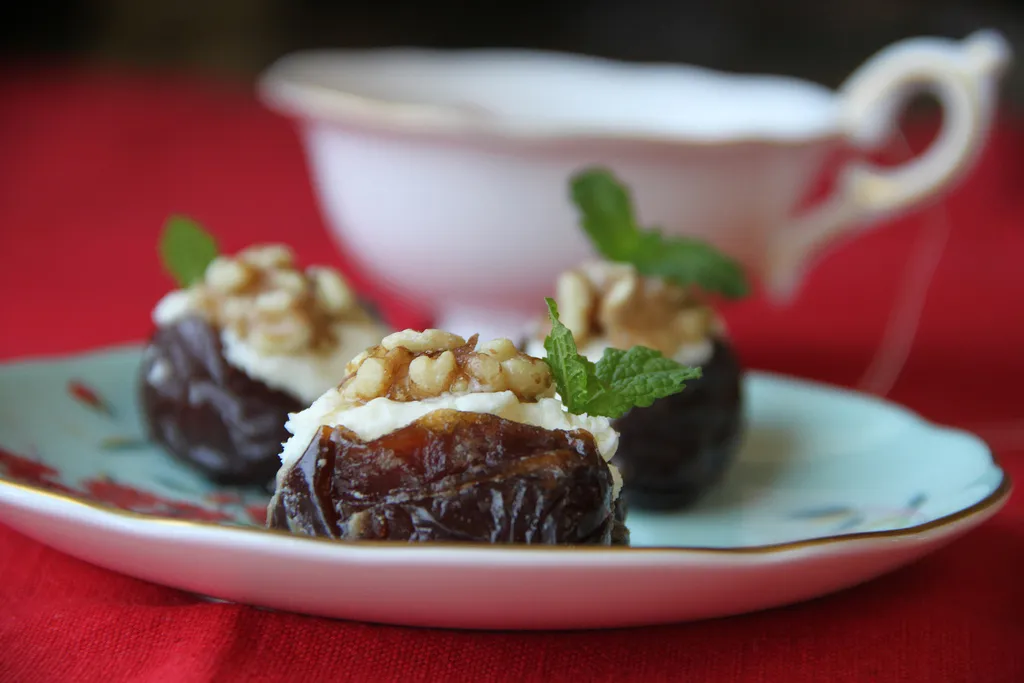
1. Stuff ‘em: In almost every Middle Eastern or North African country, you’ll find pastry shops that carry all kinds of stuffed dates. Almonds, cashews, walnuts, pistachios, pecans, and cheese—the stuffing options are endless. But, Moroccans are known for the treat, and serve it at celebratory events from births to marriages. Chef Rafih Benjelloun from Fez, Morocco, says he uses medium-ripe pitted dates and fills them with the “ideal mixture” of crushed walnuts, almonds and pistachios with a pinch of cinnamon and nutmeg. He then rolls them in toasted sesame seeds and refrigerates before serving. The result: a bite that is sweet and savory, soft and crunchy, sugary and salty all at once.
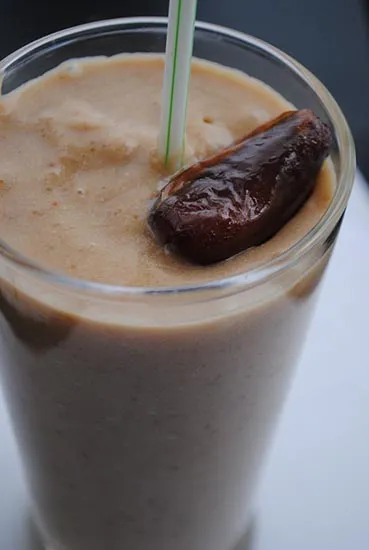
2. Drink ‘em: The natural sweetness of dates makes for an excellent fruit juice, but an even better shake. Yvonne Maffei, founder of the My Halal Kitchen blog, traveled through a date valley between Arizona and California and saw a little shop where they were selling the drink. Her own recipe combines dates and whole milk to produce a thick, creamy milkshake. Her two suggestions: use a strong blender, and serve it fresh. “It’s an interesting and fun way to incorporate dates,” she says, “and very rewarding after a long day of fasting.”
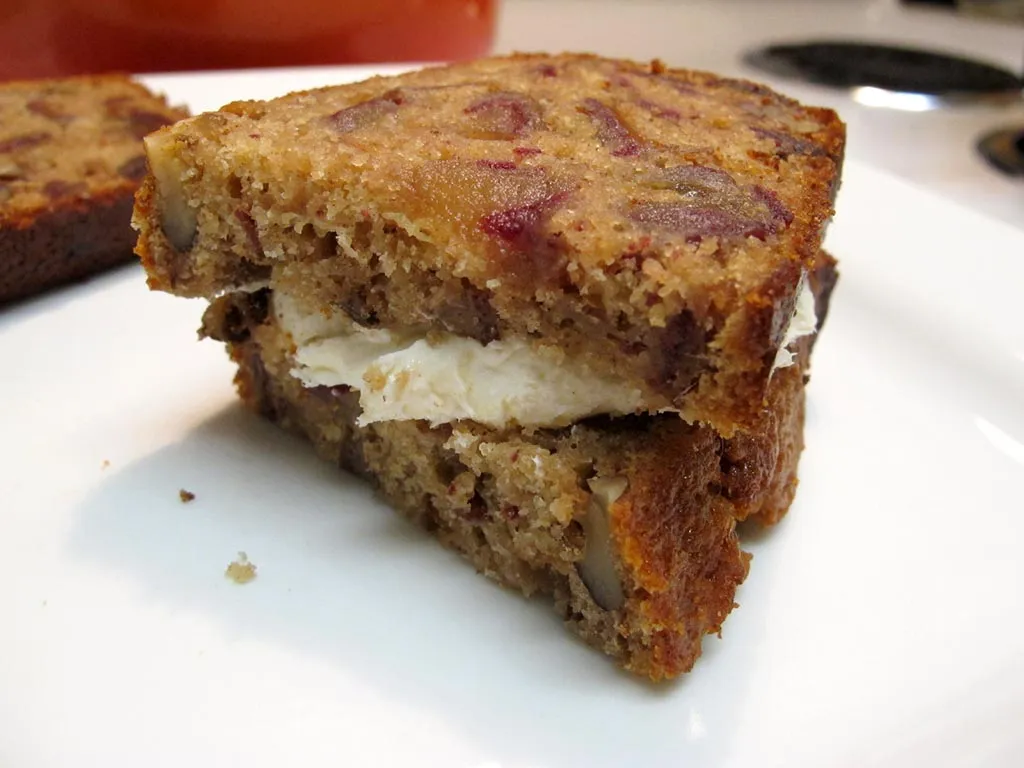
3. Bake ‘em: In cookies, cakes, bread, pies, and cupcakes—you name it. While Medjool dates are perfect for shakes, it’s better to use the not-so waxy and moist ones for baking. According to Megan Gordon, a cookbook writer and owner of an artisan cereal company, the go-to date for baking is the Deglet Noor variety. “They’re dry enough to chop and maintain their integrity in bread, cookie, or cake recipes while still maintain that superstar, sweet date flavor,” she wrote in the kitchn.
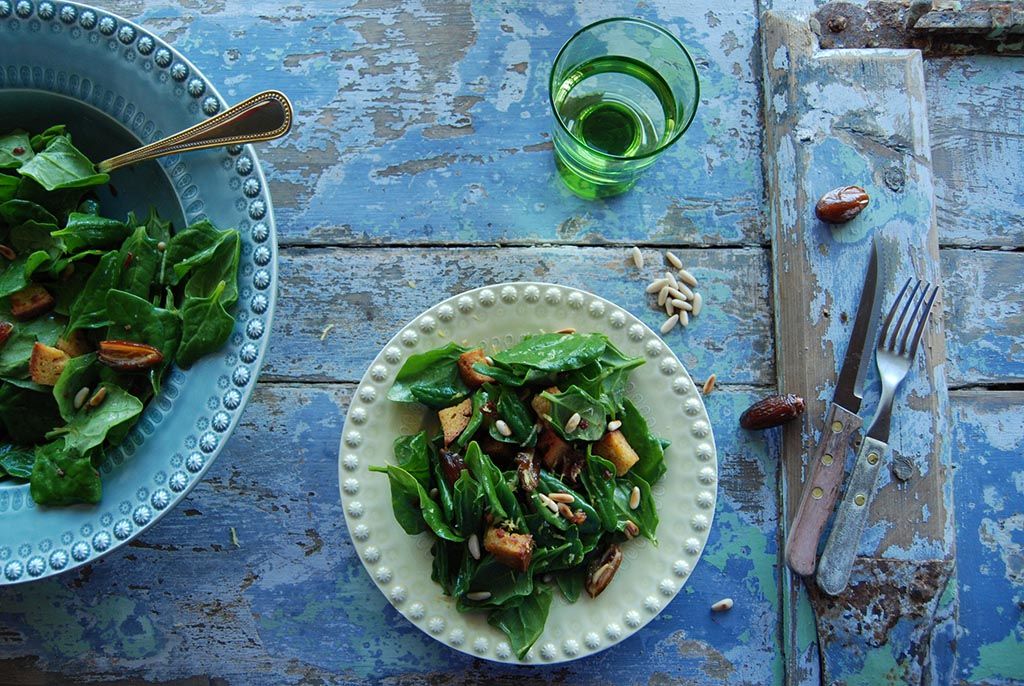
4. Chop ‘em: Perhaps the easiest way to incorporate dates into your diet is to chop or slice pitted dates and throw them into salads, on sandwiches or as garnish on pasta. If you opt for a sandwich, the Gorgonzola cheese, walnut and date combo is a winner. But, if you’re in the mood for something fancy, try Chef Gordon Ramsey’s steamed date pudding with butterscotch sauce. It’s a bit time-intensive, but well worth the effort.
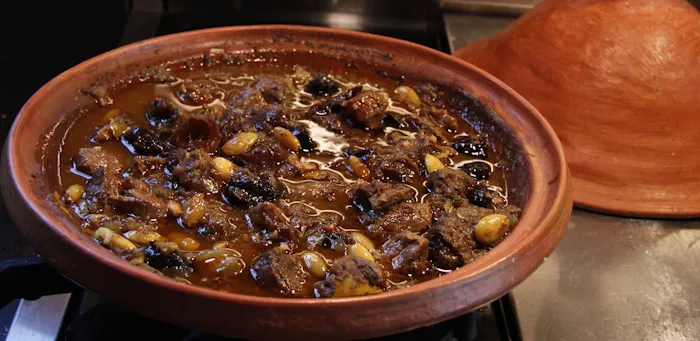
5. Puree ‘em: One of the best meals I’ve ever had was a Moroccan lamb tagine smothered in date sauce. The sweet flavor adorning the tender meat was the perfect touch. I myself have not recreated the dish in fear that I will taint a good memory, but date sauces themselves are quite easy to make and can be served with any kind of meat, especially chicken or fish.
For those of you who prefer organic sweeteners, date paste can serve as a substitute for conventional white sugar. With just dates, water, lemon zest and juice, and a pinch of salt, Martha Stewart creates a simple date paste that can be stored in the refrigerator for a week and long-term in the freezer. It’s a great addition to a morning bowl of oatmeal or a nighttime glass of milk.